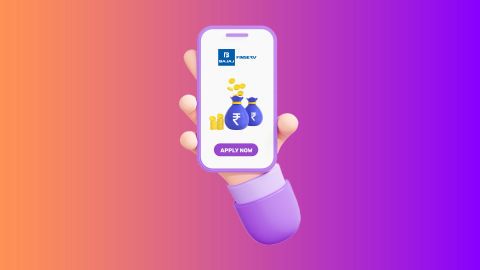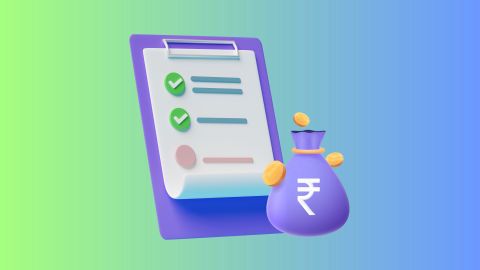In the landscape of financial assistance, loans help achieve your goals without reaching into your savings or emergency budget. For instance, to achieve certain national goals – like innovation in tech, increase in employment, etc. – the government offers subsidised loans to certain audiences.A subsidised loan is a financial arrangement in which the interest rate on the loan is paid or covered by a third party, typically the government, or a lending institution, during a specified period. The concept of a subsidised loan is rooted in the idea of making borrowing more affordable to borrowers.
What is a subsidised loan?
A subsidised loan is a type of loan in which the interest is either fully or partially covered by a third party, usually the government or a non-profit organisation. The goal of providing subsidised loans is to make borrowing more affordable for certain individuals for specific purposes such as education, housing, or small business development. These loans reduce the financial burden on borrowers. By covering or reducing interest costs, subsidised loans promote access to essential opportunities for individuals who might otherwise find it difficult to afford them.
While subsidised loans may have the obvious advantage of affordability, it has quite a few disadvantages too, especially in comparison to a personal loan.
Advantages of a personal loan over a subsidised loan
1. Flexibility in use:
- Personal loans offer flexibility in utilisation, allowing you to use the funds for various purposes.
- Subsidised loans are often earmarked for specific costs, limiting their flexibility compared to personal loans.
2. Quick processing:
- Personal loans typically have a faster application and approval process. This quick turnaround can be advantageous for those who need immediate financial support.
- Subsidised loans may involve a more lengthy process and longer waiting periods, potentially causing delays in meeting essential financial needs.
3. Useful for non-traditional programs:
- Personal loans are suitable for almost everyone as long as you meet some basic personal loan eligibility criteria.
- Subsidised loans, however, may have restrictions on how you can use the funds, depending on the purpose of the loan.
4. No need for collateral:
- Personal loans are typically unsecured, eliminating the need for collateral. This is advantageous those who may not possess valuable assets to secure a loan.
- Subsidised loans may require a definitive purpose. These loans, while offered without any collateral, may have lots of paperwork and can be used only for a specific purpose.
5. Easier accessibility for working professionals:
- Personal loans are more accessible for all kinds of professionals - personal loan for salaried employees and self-employed.
- Subsidised loans may not every need of individuals seeking financial support.
In summary, personal loans offer several advantages in terms of flexibility, quick processing, and suitability for various educational programs, making them a viable option. However, individual circumstances and financial considerations should be thoroughly evaluated before choosing the most appropriate loan option.




